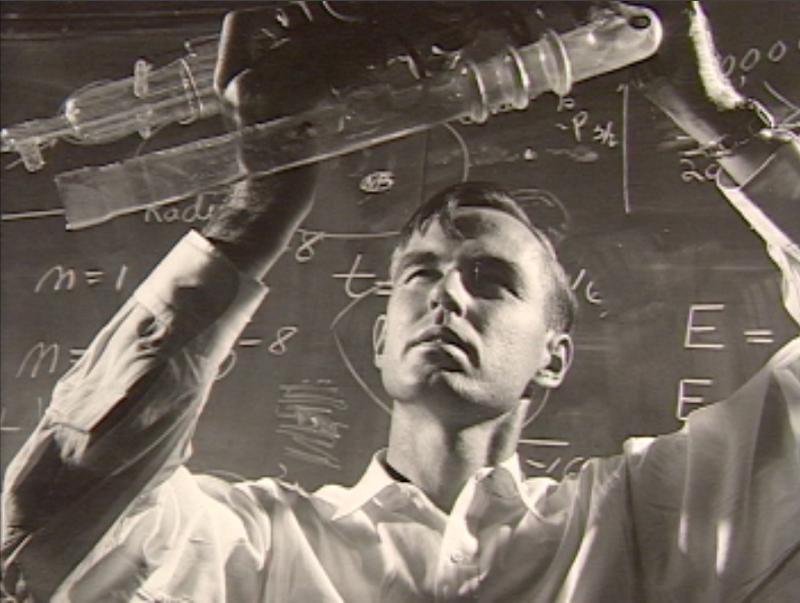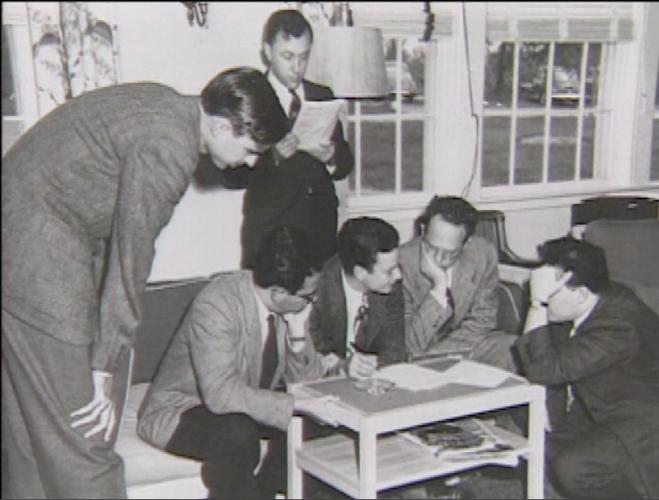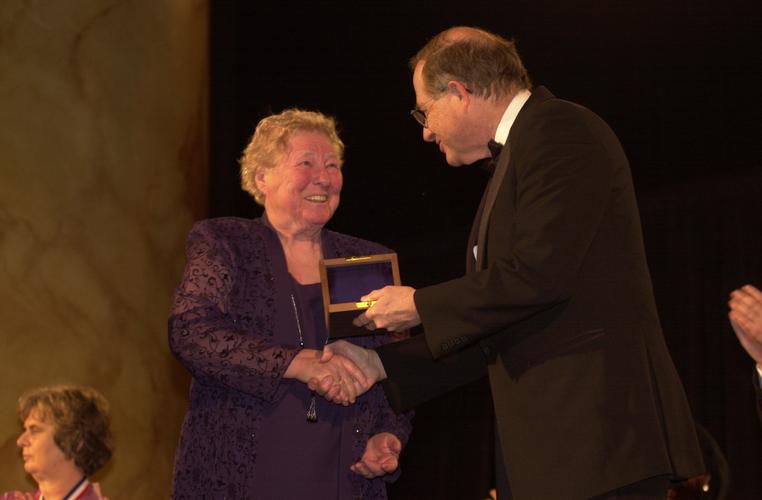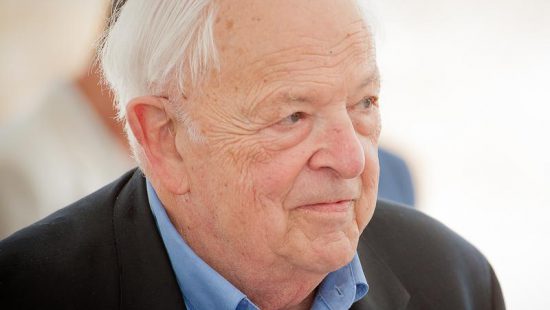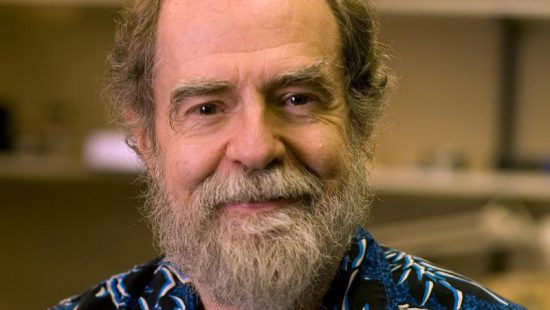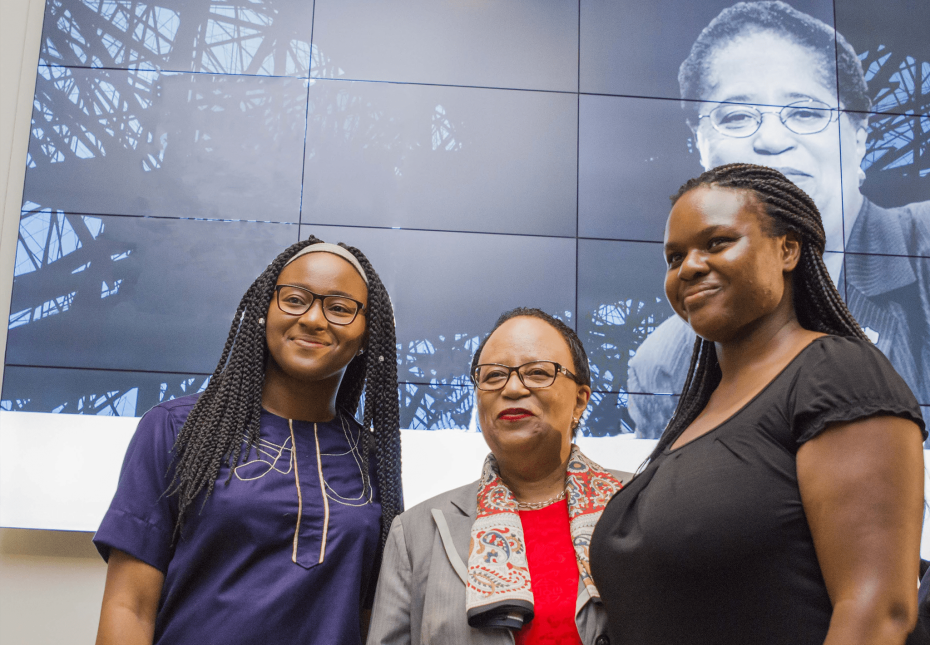Willis E. Lamb, Jr. has his fingerprints on some of the most important physics breakthroughs of the 20th century, in areas such as nuclear theory, laser physics, and quantum mechanics. Born in Los Angeles in 1913, Lamb received his Bachelor of Science degree in chemistry from UC Berkeley in 1934, and then his Ph.D in physics in 1938, under the direction J. Robert Oppenheimer, who is considered a “father of the atomic bomb.” Throughout his career Lamb taught at some of the world’s most esteemed research universities, including the University of Oxford, Yale, Columbia, Harvard, Stanford, and the University of Arizona. His most notable contribution was his discovery of the “Lamb shift,” a small but significant change in the energy of a hydrogen atom at different states, for which he shared the Nobel prize in 1955.
Hydrogen atoms consist of two energy levels at which electrons can exist; each level further divides into two sublevels, s and p. In the 1920s, Paul Dirac developed a theory that predicted much of hydrogen’s behavior. Dirac’s theory also anticipated that when these atoms were activated, the sublevels s and p would be energetically equivalent; however, other theories predicted an energy gap between these sublevels.
In 1951, Willis Lamb set out to experimentally determine the relation between sublevels s and p. He designed an apparatus made with glass and metal that used microwave beams on the hydrogen atom to enable radio frequency transitions. The necessitation of energy for this transition showed there was an energy discrepancy between the sublevels. This discrepancy indicated that what Dirac’s theory assumed to be empty space between s and p was not truly empty. Lamb theorized that electrons travelling through this space were subjected to disturbances in the electromagnetic field, requiring energy to bridge the transition from s to p.
Though the deviation in energy levels was tiny, the Lamb Shift rewired the basic concepts behind quantum theory and electromagnetism. It’s considered foundational in the field of quantum electrodynamics, which utilizes virtual particles.
The discovery laid the foundation for modern quantum electrodynamics, and was instrumental to validating the emission of Hawking Radiation from black holes.

